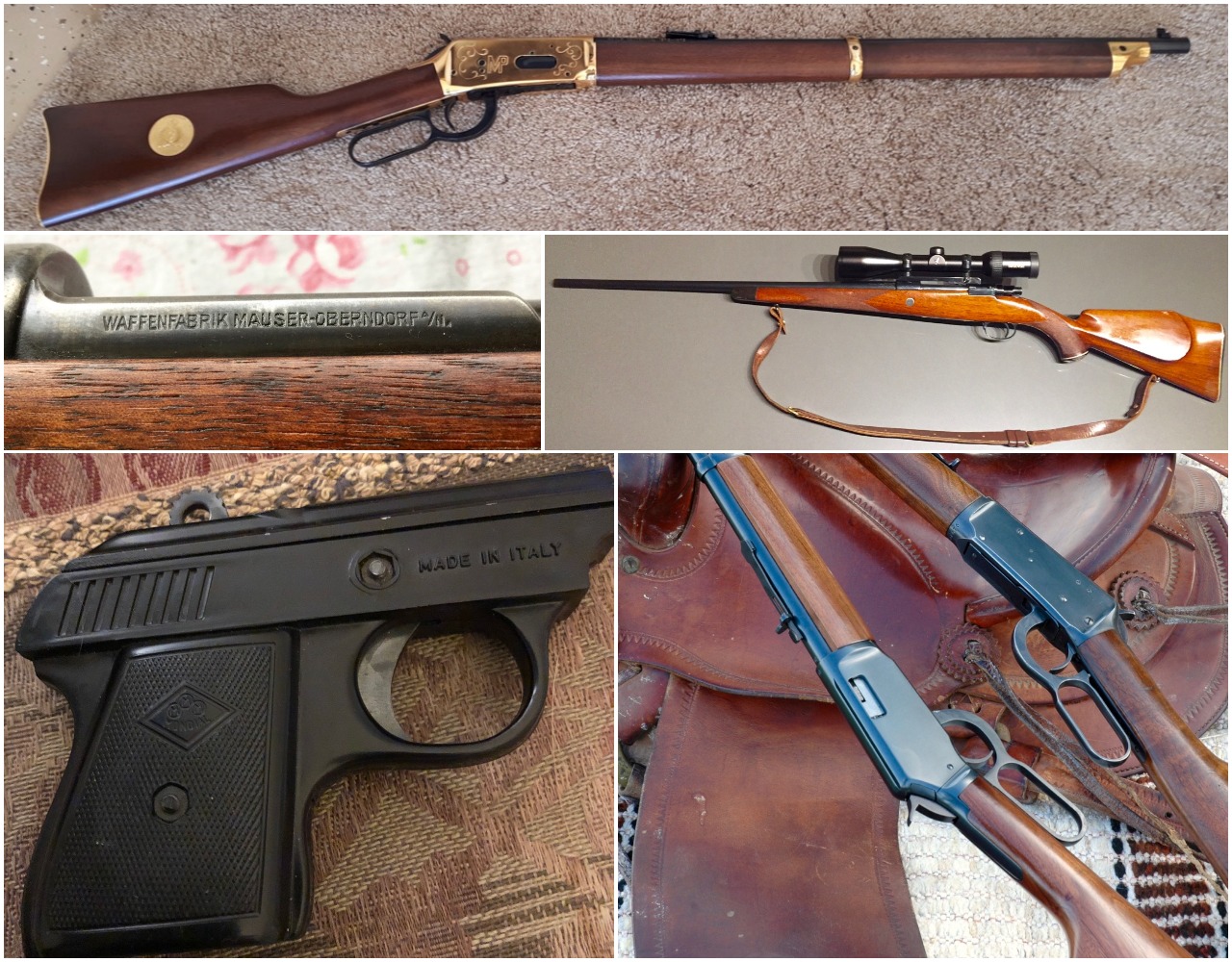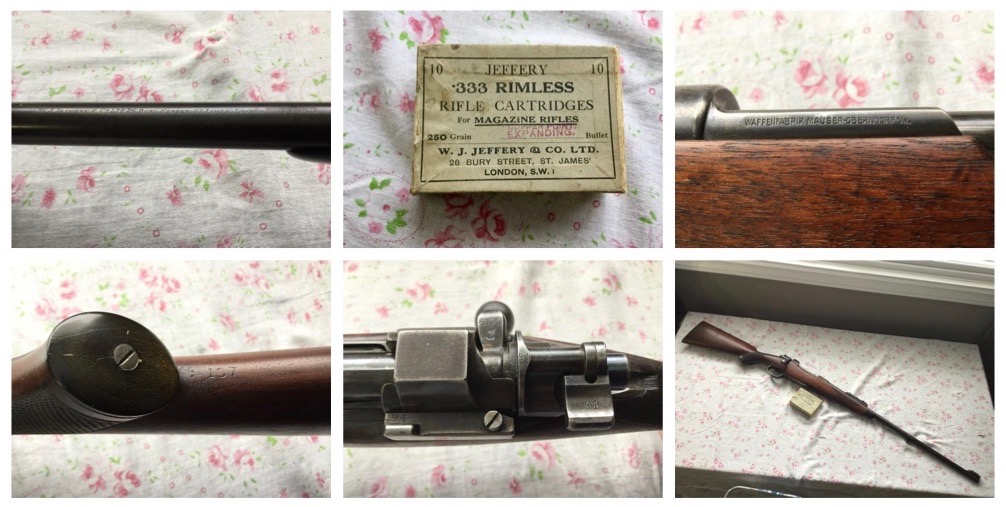Guns & ammo
Expert advice, appraisals and the fascinating stories behind your firearms
Advertisement
I got this .333 Jeffrey rifle (above) from my father, who said he bought it from a police officer’s widow in Halifax, Nova Scotia. The officer had it custom-made by W.J. Jeffery & Co. Ltd. (26 Bury Street, St. James, London). He used it to hunt grizzlies in the Rockies. I would appreciate any information you can give me about this rifle, including its value. The serial number is 24663. Thank you in advance
Advertisement
NEIL WHIDDEN
ELMSDALE, NOVA SCOTIA
This is a very interesting and collectible hunting rifle from W.J. Jeffrey, one of the great names in British gunmaking. Two factors suggest your rifle was made between 1914 and 1925. First, W.J. Jeffery moved to the Bury Street address in 1914. Second, I don’t see the chamber length included with the proof marks on the barrel, a change that was introduced in 1925.
Advertisement
The action on this rifle is a square-bridge Mauser, a very fine action made for sporting use. It’s most likely Jeffery or another British gunmaker bought the action prior to 1914, as Germany’s Mauser was certainly not selling actions or anything else to British buyers during the First World War.
During that era, quite a few British rifle enthusiasts considered only single-shot and double rifles as suitable for big-game hunting. More than a few looked down their noses at bolt-action “magazine rifles.” Nonetheless, those who actually hunted a great deal, especially in Africa, appreciated the reliability, durability and cartridge capacity of magazine rifles—not to mention their lower cost and lighter weight. Your rifle is an outstanding example of British magazine rifles. At the time it was made, it was one of the best bolt-action hunting rifles money could buy.
Jeffery introduced the .333 Nitro Express cartridge in 1908 (some sources say 1911), in both a rimmed version for single and double rifles and a rimless version for bolt-actions. Claimed ballistics were 2,500 fps for a 250-grain bullet, and 2,200 fps for a 300-grain bullet. In his book African Rifles and Cartridges, John Taylor had high praise for both the .333 cartridge and Jeffery rifles. “This has been a deservedly popular medium bore,” he wrote. “I grew very fond of a little .333 of Jeffery’s and reckoned it the easiest to handle of any magazine rifle I ever owned.” I wouldn’t call the rifle “little,” but I suppose it is when compared to the 11- to 14-pound doubles Taylor also used.
At the time it was made, this was one of the best bolt-action hunting rifles money could buy
Your rifle would still make a fine hunting rifle, although with some limitations. Most of today’s hunters prefer optical sights, and many have never fired a rifle using iron sights. Drilling and tapping for a scope base is certainly possible with your rifle, but it would drastically reduce its collector appeal and value. Also, ammunition is going to be hard to find—and expensive. Britain’s Kynoch still makes the .333 cartridge, but I have no idea if it available in Canada.
Your rifle, which appears to be well cared for and in very good condition, would appeal to collectors who appreciate fine gunmaking and classic hunting rifles of bygone eras. Since only 500 or so Jeffrey rifles were made for the .333, few ever come up for sale. That makes it almost impossible to find comparable prices. I did come across a similar model (a takedown version) that had an asking price of US$14,000, but that was in 2009. If you do decide to sell the rifle, all I can suggest is that you use a reputable firearms auction house.



